Hyperopia, more commonly known as farsightedness, is a common vision issue in which near objects appear blurry, while distant objects remain clear and in focus. While not as common as myopia, or nearsightedness, it is estimated that nearly 23 million people (about the current population of New York) in the United States will develop hyperopia by 2050. Understanding hyperopia and its implications is crucial, especially with screens and small print taking up an ever-larger part of our lives. In today’s article, we’ll focus on the symptoms, impacts, and management of myopia.
So, What is Hyperopia?
Hyperopia is a refractive error that makes it challenging to see things clearly up close. It is likely you’ve heard the term in its more common term like farsightedness, because eyes that are hyperopic are able to see distant objects more easily than close-up. You may also be familiar with the opposite of hyperopia, called myopia or nearsightedness, in which distant objects are more difficult to see.
“Perfect” vision occurs when light is perfectly focused through the cornea and lens onto the retina, the eye’s image receptor. People with hyperopia have an eye that is shorter than normal, or the cornea is flatter.
Genetics are a significant factor in whether a person will develop hyperopia, though in rare cases diseases such as retinopathy (damage to the blood vessels in the retina) and eye tumors can cause it. If one or both of your parents have hyperopia, there is a much greater chance you will develop hyperopia as well.
Symptoms and Detection of Hyperopia
Knowing what hyperopia is and how it differs from its cousin, myopia, is valuable, but how do we diagnose it and what symptoms should we be on the lookout for? Typical symptoms include blurred vision, especially at night, trouble seeing objects up close, or aching eyes sometimes accompanied by a headache. In children look for constant eye rubbing, issues with reading, or headaches.
If you or someone you know is experiencing any of these symptoms, scheduling a visit with your eye doctor is the next step. Regular eye exams are essential for early detection. Your eye doctor and their technicians will use various tools like visual acuity tests and refraction exams to help determine the severity of your hyperopia and provide you with a path back to seeing the best you can see!
Complications and Impact
Left untreated, hyperopia can lead to several complications. Unlike myopia, hyperopia typically doesn’t result in major complications later in life outside of the frustrations of being unable to see near objects. In children, amblyopia (lazy eye), strabismus (unaligned eyes), learning problems and delays in development are all complications when left untreated. Children with moderate farsightedness can overcome farsightedness by squinting or the muscles in their eye are able to focus through the refractive error. This is why it is crucial to get in to see your eye doctor early and often.
Managing Hyperopia
Though options are fewer than with myopia, hyperopia can still be treated effectively. Eyeglasses and some contacts lenses are effective choices, though your eye doctor may recommend convenient surgical intervention such as LASIK, PRK or Refractive Lens Exchange (RLE). All of these treatment plans can be customized to best suit your needs. In rare, or extreme, cases a combination of treatment plans may be advised.
Hyperopia in Children
With genetics playing a large part in the development of hyperopia, around 5% of children are expected to be affected by the condition worldwide.
Children with specific genetic disorders are at a higher likelihood of developing hyperopia such as achromatopsia (color blindness), down syndrome, or fragile X syndrome (Martin-Bell syndrome, also the leading cause of autism).
The earlier intervention the better for development and continuing an effective learning trajectory. Parents are highly encouraged to manage these factors by promoting outdoor activities and ensuring their child has regular eye check-ups to catch and manage hyperopia in its early development. A child’s first eye exam should be around 6 months of age, and then annually thereafter.
What’s Next for Hyperopia Management?
Hyperopia research and treatment is constantly evolving, much like with myopia. LASIK, first performed in 1988, has become the go-to method for correcting millions of eyes every year. Newer technologies and safety measures have resulted in LASIK being extremely low risk and the safest elective procedure with the largest impact on the improvement of daily life.
Ongoing research shows promising signs in other innovative treatment options, like specialized contact lenses and some pharmaceutical interventions.
Conclusion
Being heavily genetically influenced, hyperopia is globally spread and constantly increasing in occurrence. By understanding the causes, symptoms, and impacts, we can take steps to manage and control its progression. Regular eye exams are lifestyle changes are essential in addressing hyperopia and treatments are widespread and constantly becoming more effective. Don’t forget to call and schedule your annual eye exam. Remember, your vision matters, so take the steps necessary to protect the gift of sight.




